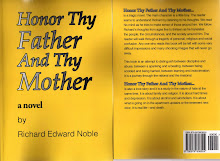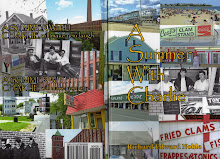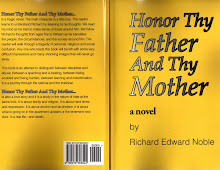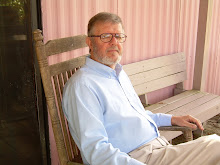The Molly Maguires 1875-1876
By Richard E. Noble
In 1873 there was another financial crisis. Ninety thousand laborers, in New York City alone, lost their homes. The crisis stretched through the year 1877. The union movement was once again staggered. Craft unions alone were reduced from forty-one to eight. Overall union membership went from 300,000 in 1873 to 50,000 in 1878. Union disintegration seemed to go hand in hand with panics, financial crisis and depressions. If you didn’t have a job, you didn’t need a union.
From January of 1875 to June of 1875 in the Pennsylvania anthracite coal regions the “Long Strike” erupted. Franklin B. Gowen, president of the Philadelphia and Reading Railroad announced a 20% cut in wages to the workers. The strike culminated in or was followed by a series of violent activities. There was an outbreak of murders, robberies, assaults and arsons in the area. A group called the Molly Maguires was singled out as the culprits. Late in 1875 twenty-four miners and laborers were arrested. They were all members of the United Mine Workers Benevolent Society and supposedly members of a secret organization known as the Molly Maguires.
The Molly Maguires originated in Ireland, it was claimed, and had over six thousand lodges around the U.S. The Molly Maguires was a secret inner ring of the Ancient Order of the Hibernians. The Molly Maguires was to Ireland as the Mafia was to Italy. The only problem was that no one could ever find any of these other 6,000 lodges. Nor could they find any other members, other than those accused of membership in the Pennsylvania or Philadelphia area. It also seemed very suspicious that the only victims of the Molly Maguires were union leaders, officials, organizers or members of the union. Interestingly enough it also happens that there was no violence in the area until the Pinkerton organization was hired by management. It was claimed that the inner turmoil and basic violent nature of unions, in general, was responsible for this strange circumstance of self abuse. The “animals” within the unions were killing one another in their battles for personal power and wealth. Of course, the wealthy business and railroad millionaires would never engage in such power battles, murder or violence.
A man by the name of James McPartland had infiltrated the Ancient Order of the Hibernians under the alias of James McKenna. McPartland was the manager of the Denver area Pinkerton office. McParland testified that he had been present
at meetings of the Irish terrorist and anarchist Molly Maguires when they planned their various murders and killings. When asked why he didn’t stop any of the killings or even notify the proper authorities, he had no answer. It also seemed interesting that all of those who testified against the alleged Molly Maguires were Pinkerton agents, ex-cons, or known criminals hired by the Pinkerton agency. Nevertheless, all twenty-four of the union members arrested were convicted, and ten were actually executed.
Mister McPartland has even greater accomplishments in the years to come. We will see him in the future with Harry Orchard and the killing of the ex-governor of Idaho, Frank Steunenberg. Only, in this case, his antics are discovered and he is not successful in getting the state to murder any new victims. He was also involved in the Cripple Creek and Coeur d’Alene uprisings.
In any case, after this horrible incident with the “terrible” Molly Maguires, the Molly Maguires never appeared again. Nevertheless, they became a permanent part of the anti-union folklore. Their name was brought up over and over whenever an example of union violence and senseless killing seemed advantageous. If it is true that the Molly Maguires were, in fact, a fictitious group, manufactured by management for the purposes of discrediting the union movement, and murdering, beating and assaulting its leadership, it turned out to be a very innovative and successful strategy. Fear, terror and suspicion of unions was implanted in the hearts of the general public in that particular area and over the United States for a long time to come.*
*Books used in this essay, include: “The Rise of Industrial America”, Page Smith; “Labor Problems in American Industry”, Carroll R. Dougherty; “A History ofAmerican Labor”, Joseph G. Rayback: “Roughneck”, The Life and Times of Big Bill Haywood, Peter Carlson.
Subscribe to:
Post Comments (Atom)







































1 comment:
hello my name is Bruce McPartland and I never knew about this incident! No I am not related to this Mcpartland. But I did Have a grandfather named james e. McPartland who was in WW1 and president of union local 16N of the newspaper called the Philadelphia Inquirer. I just find this very ironic since McPartland is not that common of a name. Thanks again!
Post a Comment